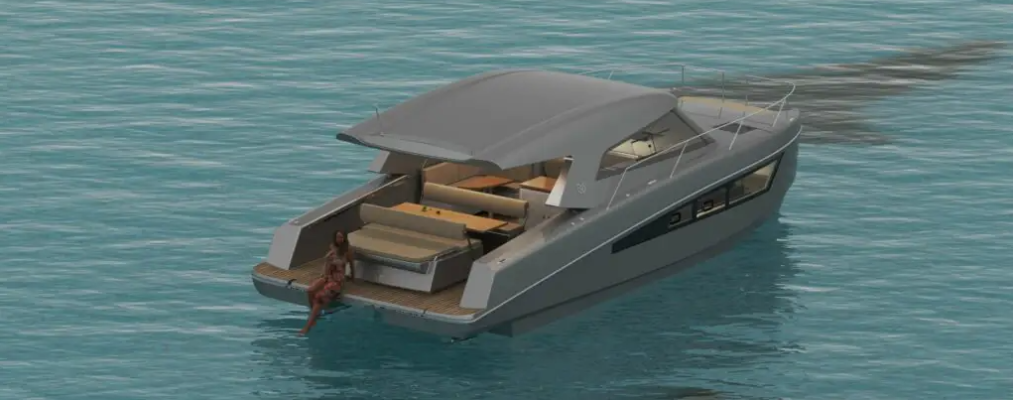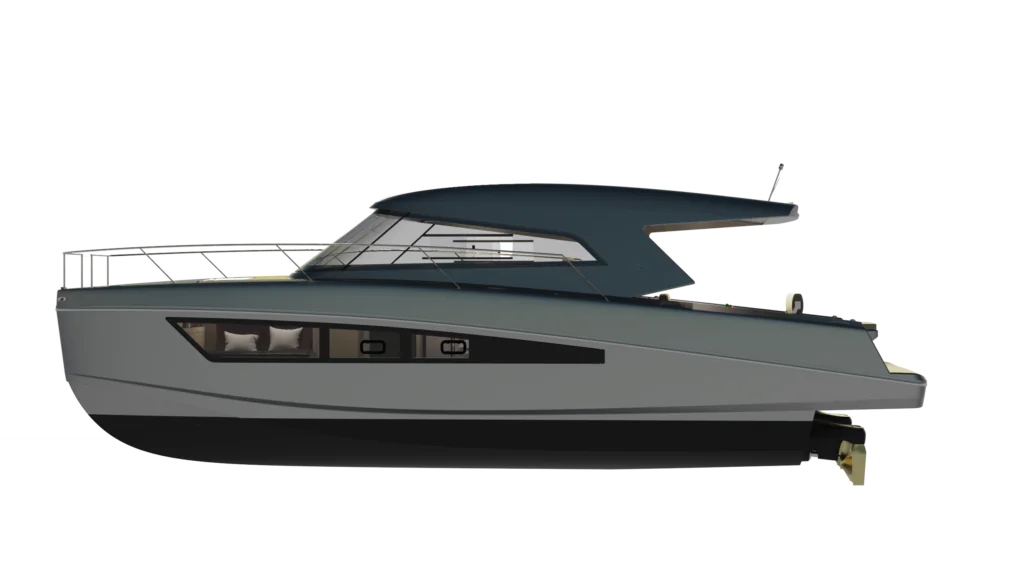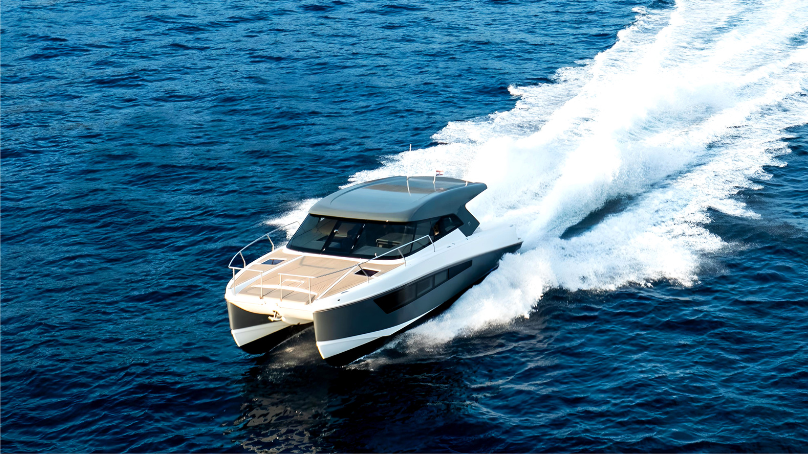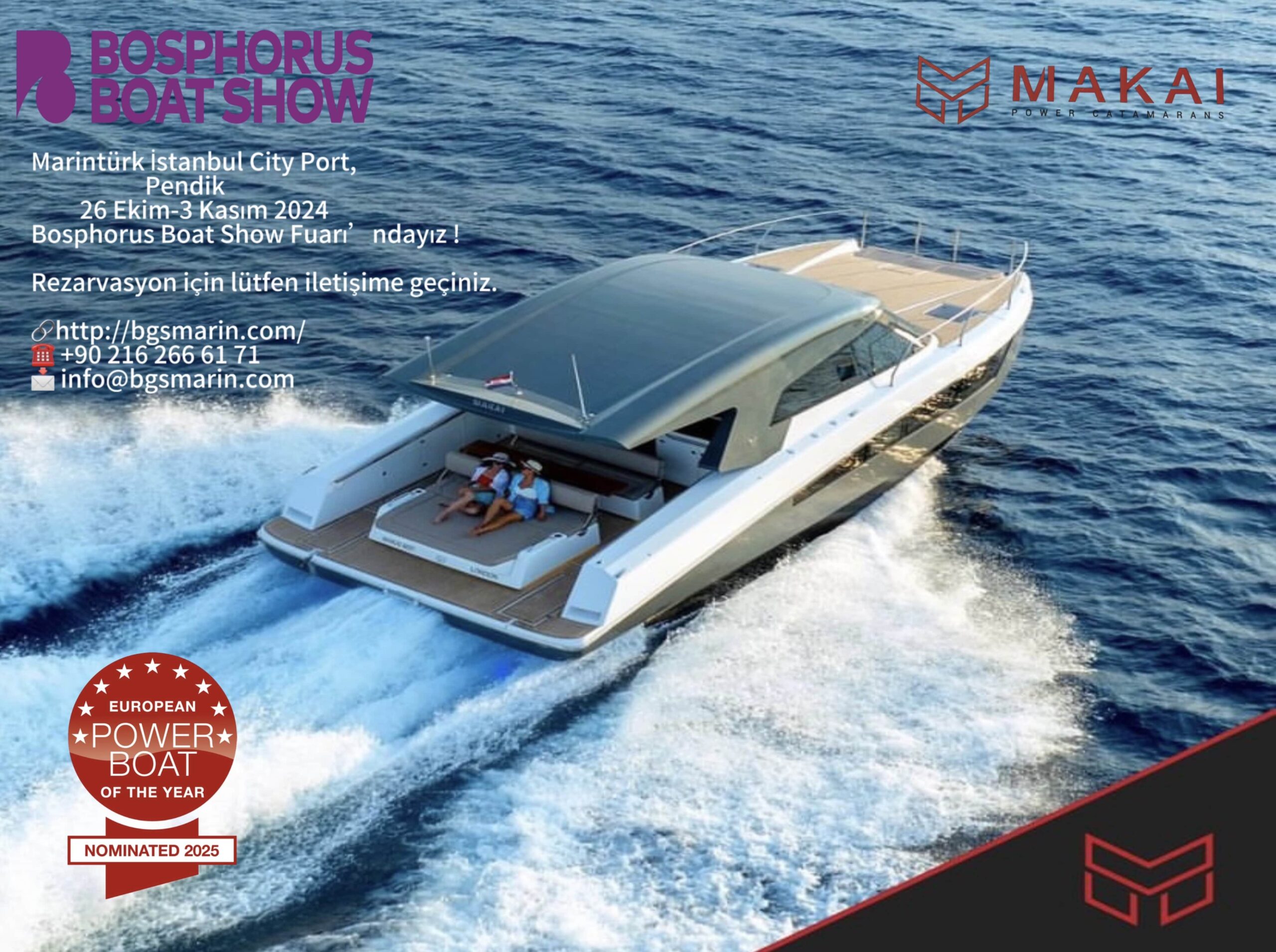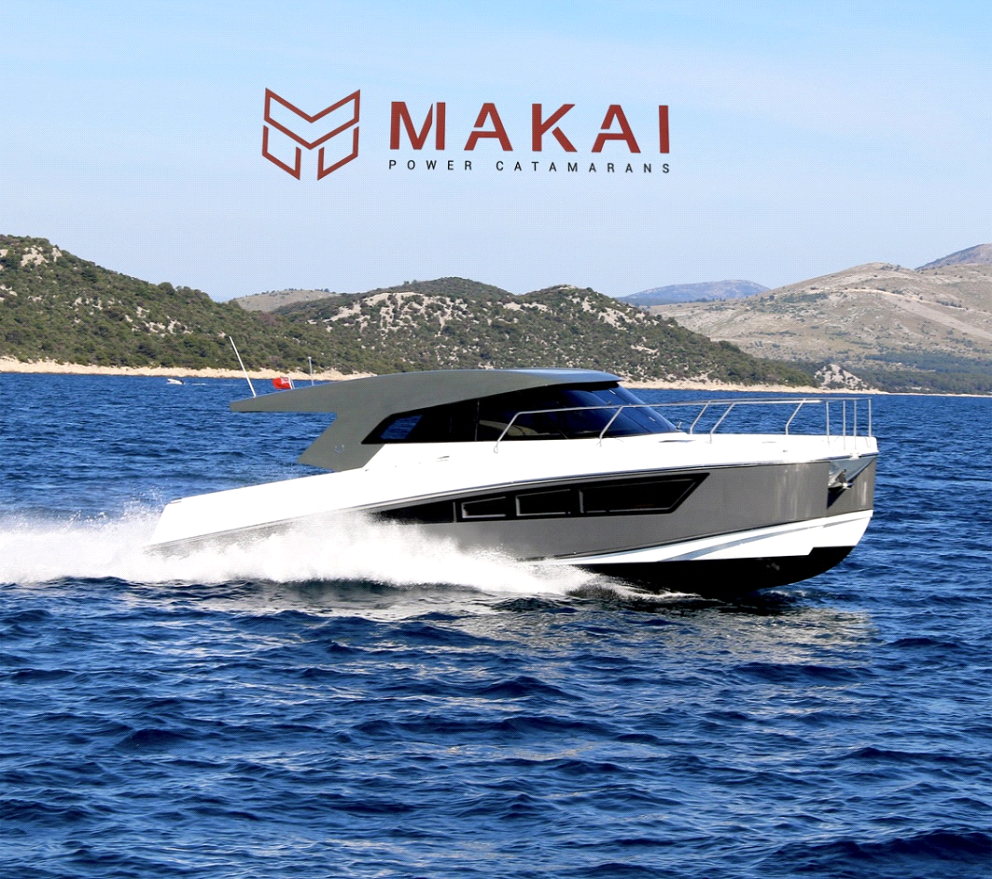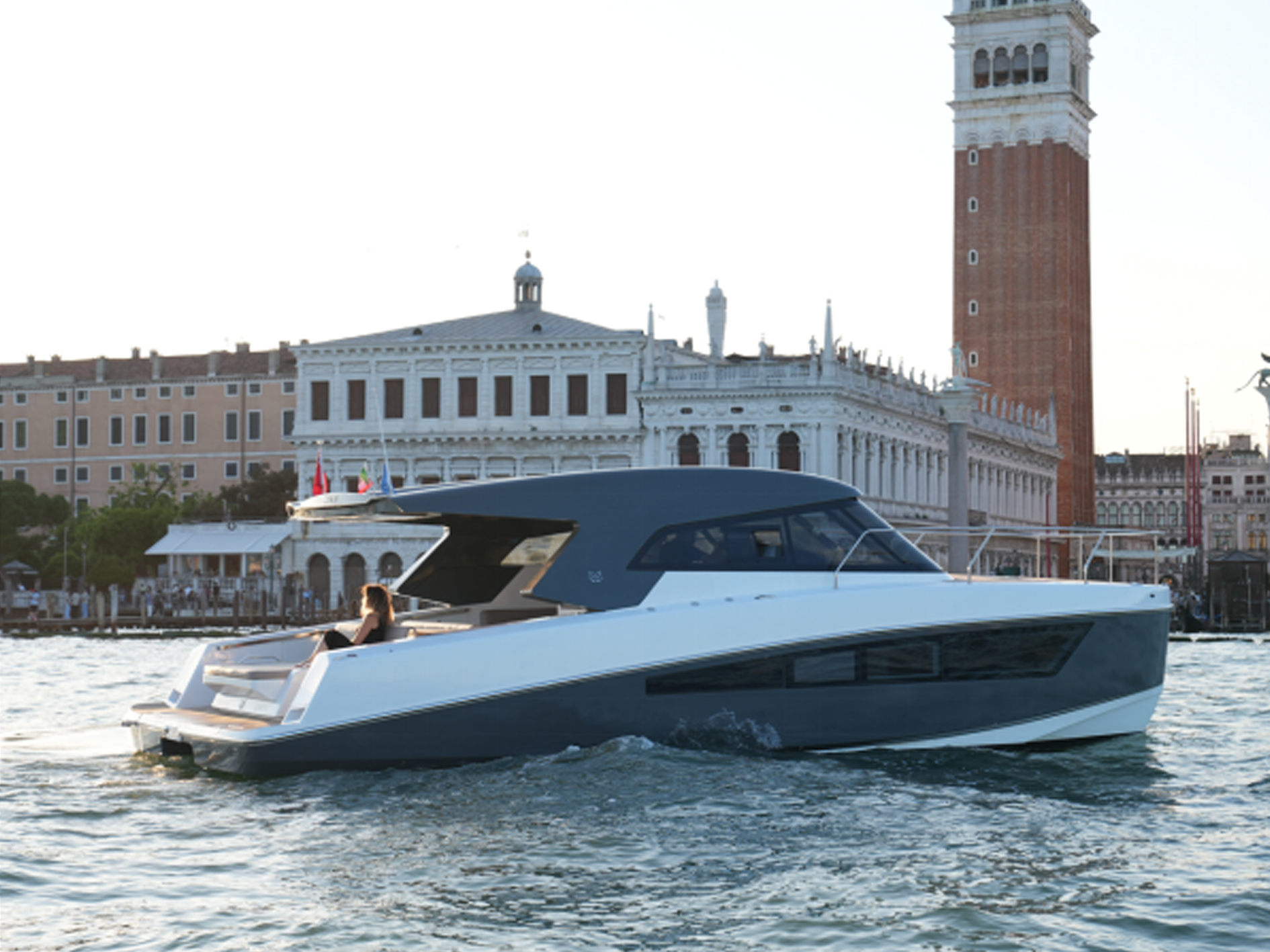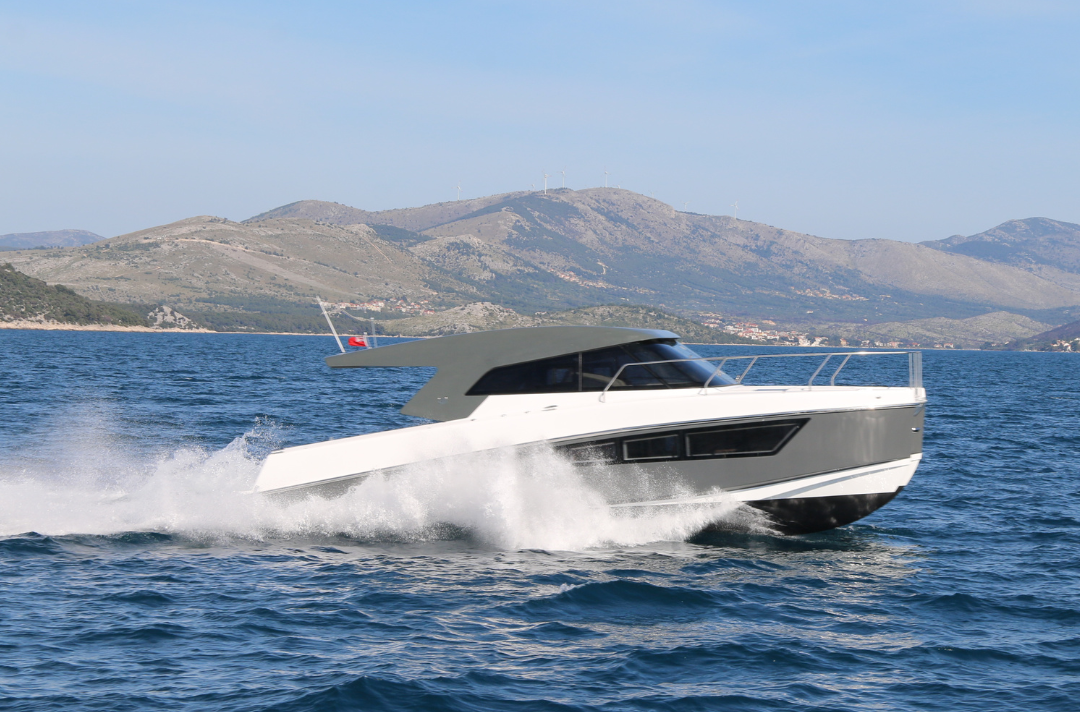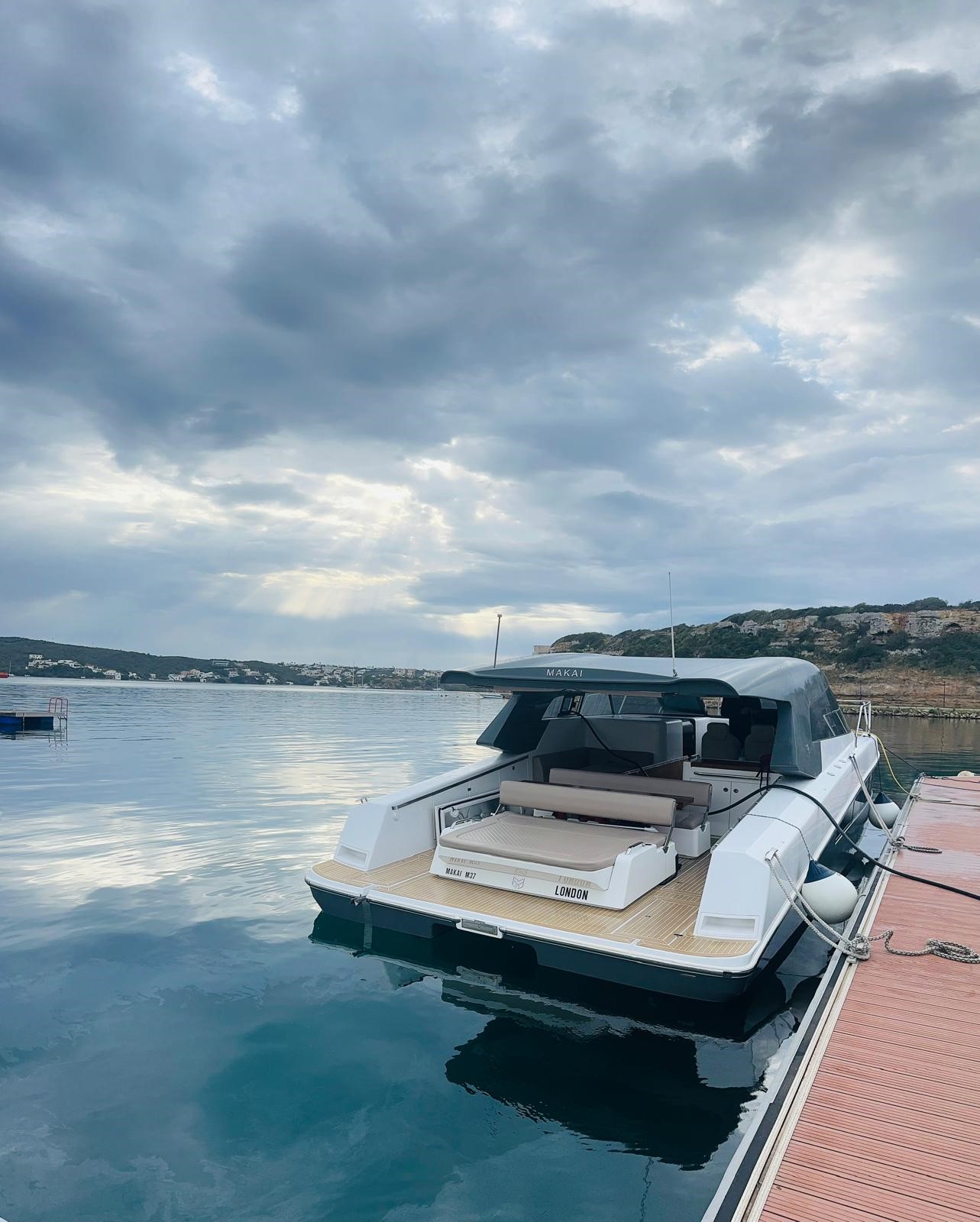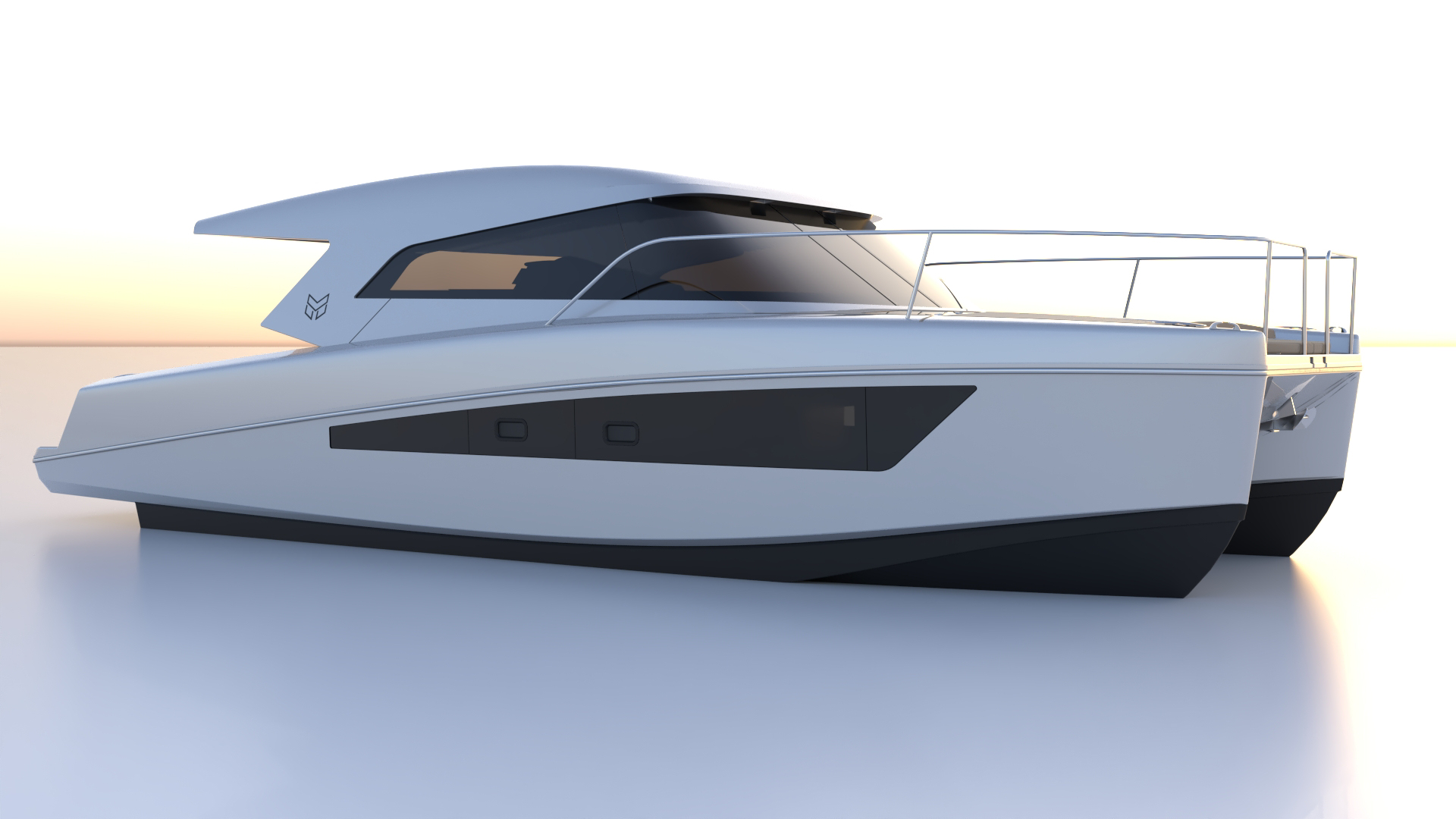Introduction
The benefits and trade-offs of owning an electric catamaran are often obvious to different consumers depending on their circumstances, passion for boating and level of experience. However, a rapidly growing number of experienced boaters are learning the joys of catamaran ownership and eventually becoming firm catamaran supporters.
We have witnessed incredible changes in families’ boating habits with catamarans. For many families, the catamaran yacht has enabled their children to join and bring friends on board without overcrowding the boat. Guests do not need to be experienced yachtsmen to enjoy the day in the fixed and sheltered cockpit. One can be stylish and stress-free while having fun.



The most convincing argument has to be this: experienced monohull boaters are switching to catamarans by the truckload. Many former motor yacht owners are now passionate advocates of motorized catamarans. For experienced yachtsmen who demand performance, the advantages are too great to ignore. It is rare to hear of any catamaran owner going back to a monohull. Once you own a catamaran, you are hooked for life.
More usable space below the water line
Although the monohull has relatively less interior space, the large waterline beam (width) allows for greater use of the interior hull height. This allows builders to mount tanks and storage below the cabin floors or to extend the cabin below the waterline. This is usually not practical on a catamaran as a catamaran gains performance from its light displacement and narrow waterline beam.
Familiar use
Jumping from one boat to another will feel very familiar because, with the exception of the planning hull and the displacement hull, the differences in use between brands are minimal. Focus on planning hulls and you will quickly feel familiar when jumping from one boat to another. In contrast, the difference in handling between a monohull and a power catamaran is immediately noticeable.
Disadvantages of Monohulls
Now that we have seen the advantages of a monohull, let’s examine some of the disadvantages that can be encountered when sailing a typical V-bottom or deep V motor yacht.
- Bumping
- Low stability
- Bow rudder
- Rolling in iron
- Significant slope rise
Slamming
Due to the wide flat hull shape required to get the monohull into planning mode faster, it can provide a very bumpy ride when motoring through waves. Depending on the hull shape, performance in waves can increase or decrease significantly. For example, a deep V hull will be more comfortable in waves than a shallow V. However, both perform significantly better than even the worst power catamaran designs.
Low stability
The yaw angle of a monohull is directly affected by weight placement. Moving too much weight to port or aft will cause the boat to heel. This is noticeable when at anchor, but even when underway an incorrectly loaded monohull can heel dangerously. This can be overcome by using trim tabs while underway. However, it is best overcome by conscious weight placement and management.
Bow rudder
Bow rudder usually occurs when sailing fast in a following sea or passing through the wake of another boat. This can be quite scary if you are inexperienced and don’t know what it is. Basically, despite your efforts to keep the rudder straight the boat will suddenly and often unexpectedly turn hard in one direction while rolling hard in the opposite direction. Bow steering can be prevented by fitting trim tabs. These can enable you to lift the bow up and out of the water when in a following sea. Trim tabs are not needed on a catamaran because of the natural separation of the hull bow rudder.
Rolling in iron
From time to time you will undoubtedly come across anchorages that are not perfectly flat. When this happens, monohulls that rely on the weight of their COG (center of gravity) aligning under their COB (center of buoyancy) to keep them upright will start rocking from side to side. Things will roll around inside, plates will fly. Cooking is uncomfortable or sometimes impossible, and only the hardiest yachtsmen can sleep.
All the while, at the next mooring ball, the owners of motor catamarans are sitting in their cockpits sipping sunshine syrups, not even noticing the movement, quietly getting tipsy before a long night’s sleep.
Significant slope rise
The degree of bow lift varies for monohull designs. However, for those unfamiliar with the term, bow lift is a boat’s tendency to lift their bow into the air and then settle somewhat before going into planning mode. This gives passengers an uncomfortable and sometimes frustrating experience, while reducing the stability and safety of the boat.
POWER CATAMARAN
Advantages of Electric Catamarans
While individual designs may vary in their design and use, the following advantages are typically universal for most catamarans. Compared to a monohull of equivalent length, a catamaran will provide the following advantages:
- Superior driving comfort
- Improved stability at anchor and underway
- Elevated cabins and interiors
- Larger single-story cockpit and saloon
- Significantly improved fuel consumption
- Greatly improved close-range maneuvering
Superior driving comfort
Catamarans experience slower deceleration due to wave action. This significantly reduces the impact through the waves. This has been measured with accelerometers in similar tests and a 25% reduction in G-forces when passing over waves was found.
Improved stability at anchor and underway
Due to their substantially wider beam, catamarans have a considerably higher righting moment compared to monohulls. This prevents them from rolling from side to side when at anchor and keeps them level both when cruising and at rest. This is independent of the placement of people or luggage, which also eliminates the need for catamarans to use trim tabs.
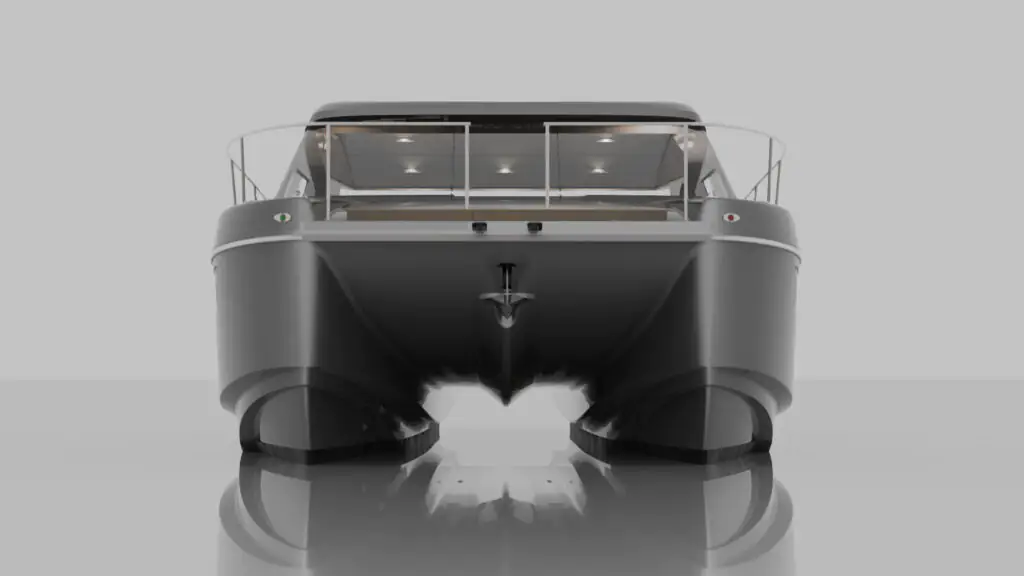
Elevated cabins and interiors
More interior volume, especially in powerful catamarans that carry their beams all the way forward. This is true even in the smallest cats, which often have standing room in every cabin, unlike smaller monohulls. As a result of this increased volume, a motor catamaran will always feel larger compared to a monohull that is 15-20% longer in length. For example, a 35ft motor catamaran will be fairer compared to a 43ft motor yacht.
Larger monohull cockpit and saloon
Catamarans generally provide much more living space in the main salon and cockpit compared to similarly priced monohulls. The galley, main salon and cockpit are also on one level above the waterline… making life on board and your view much more enjoyable.
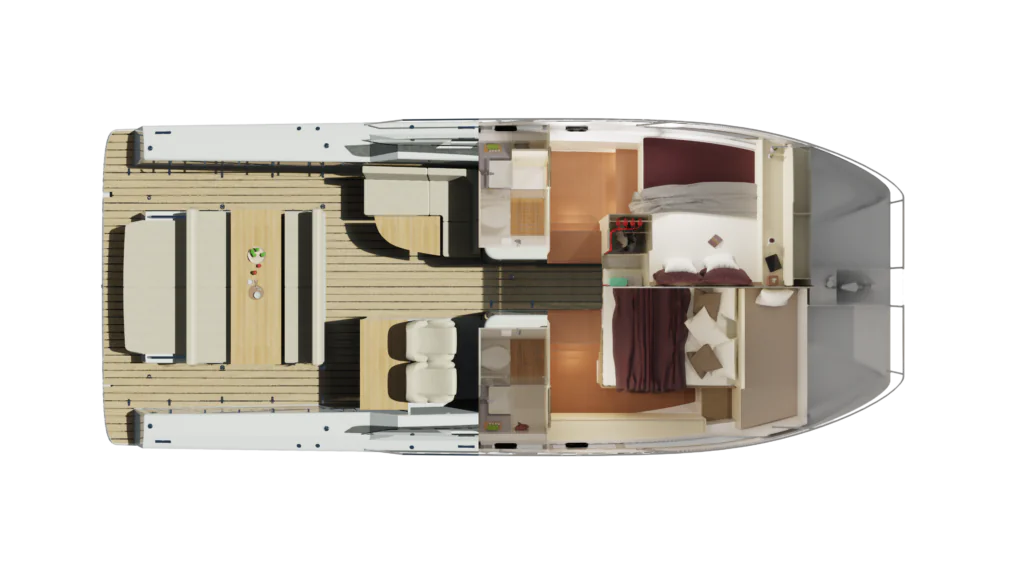
Significantly improved fuel consumption
Due to their reduced displacement and wetted surface area, power catamarans are impressively efficient. Wider monohull bows create a large bow rudder and more resistance, which requires more HP to get on board. Not only does this burn more fuel, but it also allows a catamaran to level off with a single engine. This is a significant safety advantage and ensures that a single-engine boat can get back to shore before dark, rather than returning home at speeds below planned. The ability to fly at lower RPMs allows cruisers who do not wish to travel at breakneck speeds to plan extremely efficient low speed planning. They do not break the bank or take all day to reach their next anchorage, while greatly expanding their cruising area. Read more about electric catamaran fuel consumption HERE
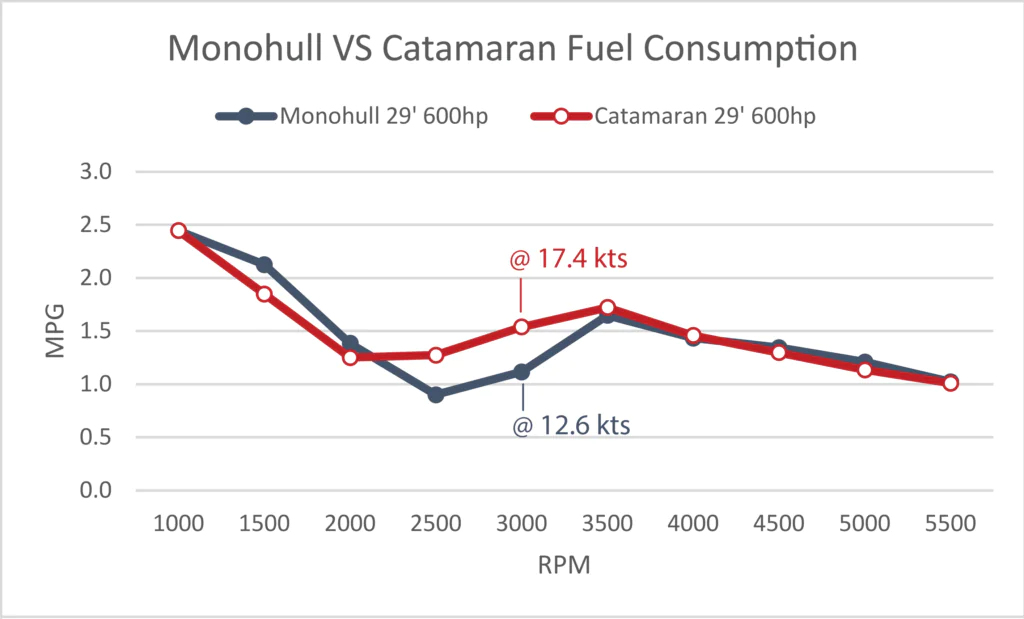
Close range maneuvers greatly improved: The large separation between port and stern motor greatly improves close-range maneuvering. This allows an electric catamaran to literally turn within the length of its own waterline by taking one engine astern and the other forward. Add a joystick control and you’re in control of one of the easiest boats you can dock.
Disadvantages of Motorized Catamarans
Despite the significant benefits that electric catamarans provide, there are also a few unusual features associated with electric cats:
- External banking
- Snake at anchor
- Tunnel slap
- Unusual appearance
External banking
When making sharp turns, a monohull will lean sideways into the turn. A catamaran, on the other hand, will actually lean slightly outward due to its increased stability and righting moment. If you come from a monohull background, this feeling will initially seem unusual. However, if you have no prior expectation of outward leaning, it offers no advantage or disadvantage over inward leaning.
Snake at anchor
Due to the wide beam and asymmetry of power catamarans, a shifting breeze while at anchor will cause the boat to turn to port and aft in a snake-like motion. If the wind is a bit strong and keeps shifting, this movement can be uncomfortable. We therefore recommend that you install an anchor bridle when anchoring, which completely eliminates this effect.
Tunnel slap
In certain conditions, catamarans can experience tunnel slap. This is when a wave passing under the tunnel rises and hits the wing deck surface, causing a thud or slapping sound. This affects different catamaran designs in various ways depending on whether they are displacement or planning type. A displacement catamaran requires a high wing deck to overcome wave crest heights to pass over waves. Planning catamarans, on the other hand, must have narrower and shallower tunnels. This forces a pressurized air mixture through the tunnel, creating a cushioning and lifting effect that lifts the catamaran above the water surface, which increases in density as speed increases.
Unusual appearance
When asked, many monohull owners claim that they do not like the unconventional look of a motor catamaran. While styling preference is subjective, at Makai we have worked hard to design a motor catamaran that offers all the advantages of a catamaran. In doing so, we have used an attractive and seamless style.
CONCLUSION: Motorized Catamaran or Monohull?
While each has its own advantages and disadvantages, the final choice depends entirely on personal preference. Obviously, we are catamaran believers, but we also believe that what matters most above all is just getting out and getting on the water, having fun and being safe. So when you find the boat that does all the right things for you, go for it!
